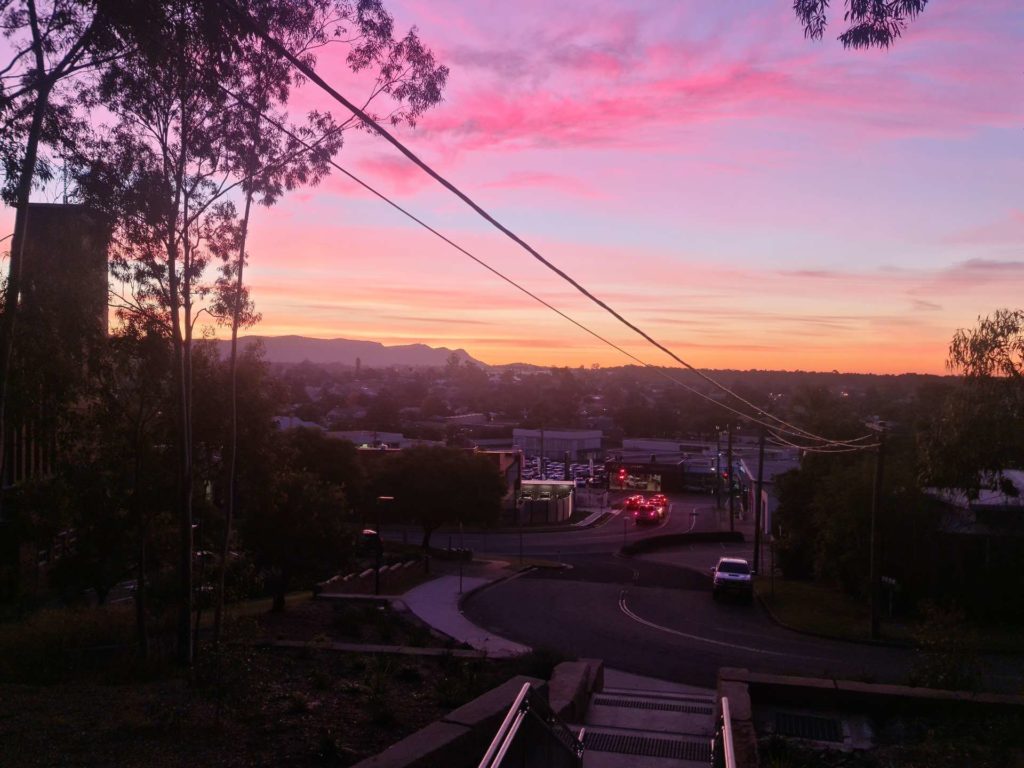I draw to the attention of the House an issue that is probably topical for a number of regions throughout New South Wales, but in particular for the Cessnock electorate. I refer to the impacts of mining-related activity and the strain that places on infrastructure in the Hunter region. As the parliamentary representative for the Cessnock electorate, I have the good fortune to represent four different local government areas—Singleton, Cessnock, Newcastle and Lake Macquarie. All four areas are impacted by the mining and mining-related activity boom that is occurring in the Hunter Valley.
The Cessnock electorate has train lines that pass through Greta, Branxton, Beresfield and Tarro. In the Cessnock local government area there are four active coalmines; in the Lake Macquarie local government area there are five active coalmines; in the Singleton local government area there are approximately 20 active coalmines with future expansion and exploration currently underway; and Maitland, although not having any active coalmines, certainly has a coal loading station because it adjoins coalmines in the Cessnock local government area. Each year 120 million tonnes of coal are driven through the main street of Maitland each year. The amount of coal and the fact that coalmining is happening is one thing, but the reality is that coalmining does not happen without a workforce. The workforce travels in many and varied modes of transport.
The enormous traffic surge of coalmining activity brings the New England Highway to a standstill every morning between the hours of 5.30 a.m. and 7.00 a.m. and every afternoon between the hours of 3.00 p.m. and 5.30 p.m. The New England Highway is a dual lane carriageway west of Branxton and a dual lane carriageway east of Branxton, but Branxton and Greta are significant pinch points because the highways reverts to single lane carriageways and turns the highway into a car park. As a result, those who think that they are a little bit smarter than those who use the New England Highway will use the back road and the rat runs. Roads such as Hermitage Road, Camp Road, Old North Road, Maitland Road, Cessnock Road and ironically a road named Broke Road carry very heavy and fast-moving traffic. Broke Road leads to a village named Broke, but Broke Road is indeed broke.
All the roads that I have mentioned carry the significant impact of people who are trying to beat the cause. I am not talking about hundreds of vehicles or perhaps 1,000 or 2,000 vehicles, but tens of thousands of vehicles that use the roads I have mentioned every day. They are used by people associated with coalmining activity on their way up to work and of course on their way home from work. The vehicles range from regular sedans and little work cars to the famous white utes that travel across the Hunter Valley with their orange flags and orange flashing lights. For whatever reason, it seems as though every individual travels as an individual in his or her car, which places stress on the roads. Our roads network is crumbling. The roads have fallen apart. They are enormously potholed and dangerous by nature because they are country roads and are meant to carry only country traffic of small volume. But of course there are large volumes of traffic on those roads.
We also have people travelling in a manner in which they should not be using country roads that are mainly dirt and dust bowls. But of course everyone is in a hurry to get to work because they are running late, or to return home from work because they want to get home to see their wife and children or get to sport, or whatever the case is. The local councils cannot afford to fund the infrastructure that is required for those roads. They simply cannot afford it. New South Wales is in an extremely fortunate position where it is earning royalties up to $2 billion, and most of that comes out of the Hunter Valley and down through the Port of Newcastle. Importantly, I commend the current Government for announcing the Resources for Regions Program. Labor and Liberal governments have failed to recognise that royalties should be reinvested in the regions that produced them.
The Resources for Regions Program announced by this Government is currently running at approximately 2 per cent of productivity. I would love to see that percentage move to double figures and I would love to think that a future Labor government would adopt a similar policy. In Western Australia the percentage is approximately 30 per cent, and if New South Wales adopted a similar rate that would be outstanding. Visitors to the Cessnock electorate are surprised, shocked and dismayed at the condition of the roads because they know that we are a proud coalmining area. They think that our facilities should be lined with gold, based on the productivity of our area, but unfortunately they are falling apart and crumbling.
